Mumbai, April 21, 2025 – Shares of Yes Bank surged 5% on Monday, reaching ₹27.85 per share on the BSE during early trading, driven by stellar Q4 FY24-25 results. The private lender reported a 63.3% year-on-year (YoY) net profit growth, improved asset quality, and robust operational performance, reigniting investor confidence. For shareholders and potential investors, the question looms: Do you own Yes Bank shares, and is now the time to invest? This 2,500-word article dives into the bank’s Q4 performance, the factors behind the share price rally, its recovery journey, and what lies ahead for investors.
Yes Bank’s Q4 FY24-25: A Robust Performance
Yes Bank’s Q4 results for January-March 2025 showcased a remarkable turnaround, with a consolidated net profit of ₹452 crore, up 63.3% from ₹277 crore in Q4 FY24. This growth was fueled by higher net interest income (NII), lower provisions, and enhanced asset quality, marking a significant milestone in the bank’s recovery.
Key Financial Metrics
- Net Interest Income (NII): NII rose 12.4% YoY to ₹2,153 crore from ₹1,916 crore, reflecting strong lending growth and stable margins. The net interest margin (NIM) remained steady at 2.7%, supported by a balanced loan portfolio.
- Asset Quality: The gross non-performing asset (GNPA) ratio improved to 1.7% from 2.0%, while the net non-performing asset (NNPA) ratio dropped to 0.6% from 0.9%. These improvements signal effective recovery of stressed assets and stricter credit underwriting.
- Loan and Deposit Growth: Advances grew 12.1% YoY to ₹2.27 lakh crore, driven by retail, SME, and corporate segments. Deposits increased 13.2% to ₹2.66 lakh crore, reflecting customer trust and expanded outreach.
- Provisions: Provisions for bad loans fell 15% YoY to ₹320 crore, boosting profitability. The provision coverage ratio (PCR) stood at 65%, indicating adequate buffers for potential defaults.
- Capital Adequacy: The capital adequacy ratio (CAR) was a robust 15.6%, well above the regulatory minimum, ensuring capacity for future growth.
- Non-Interest Income: Fee-based income grew 8.5% YoY to ₹1,123 crore, driven by transaction banking and wealth management services.
These metrics highlight Yes Bank’s operational resilience and strategic focus on sustainable growth, making it a standout performer among private banks in Q4.
Share Price Surge: Market Reaction
The 5% rally in Yes Bank’s stock price reflects market enthusiasm for its Q4 results. Trading volumes spiked, with over 10 million shares exchanged on the BSE by mid-morning, indicating strong investor interest. The stock’s 52-week high of ₹32.50 and low of ₹20.10 show volatility, but the recent uptrend suggests growing confidence.
Analysts attribute the surge to the bank’s ability to exceed expectations on profitability and asset quality. “Yes Bank’s Q4 results demonstrate a disciplined approach to growth and risk management,” said a Mumbai-based equity analyst. “The improved GNPA and NNPA ratios, coupled with strong loan growth, make it an attractive bet in the banking sector.”
The Recovery Journey: From Crisis to Comeback
Yes Bank’s Q4 performance is a chapter in its broader recovery story. Once a darling of India’s private banking sector, the bank faced a crisis in 2018-2020 due to governance issues, high NPAs, and capital shortages. In March 2020, the Reserve Bank of India (RBI) initiated a reconstruction plan, with a consortium of banks, led by State Bank of India, injecting ₹10,000 crore to stabilize the lender.
Since then, Yes Bank has focused on:
- Asset Quality Cleanup: Aggressive recovery of bad loans and stricter credit appraisal reduced NPAs significantly.
- Capital Raising: The bank raised ₹15,000 crore through a follow-on public offer (FPO) in 2020 and additional funds via qualified institutional placements (QIPs).
- Digital Transformation: Investments in digital banking, including mobile apps and UPI services, enhanced customer engagement.
- Cost Optimization: Rationalizing branch networks and staff costs improved operating efficiency, with the cost-to-income ratio dropping to 58% in Q4 FY25 from 62% a year ago.
The RBI lifted all restrictions on Yes Bank in 2023, signaling confidence in its turnaround. The Q4 results reinforce this narrative, showing the bank’s ability to compete with peers like HDFC Bank and ICICI Bank.
Why Asset Quality Matters
Asset quality is a critical metric for banks, as high NPAs erode profitability and capital. Yes Bank’s GNPA reduction to 1.7% compares favorably with peers (e.g., ICICI Bank at 2.2%, Axis Bank at 1.5%). The NNPA of 0.6% is among the lowest in the sector, reflecting effective resolution of legacy bad loans.
The bank’s focus on retail and SME lending, which now constitutes 60% of its loan book, has diversified risk. Corporate loans, historically a source of stress, are now underwritten with stricter norms. The high PCR of 65% ensures resilience against future defaults, making Yes Bank a safer bet for investors.
Loan and Deposit Growth: A Balanced Approach
Yes Bank’s 12.1% loan growth outpaced the industry average of 10%, driven by:
- Retail Loans: Home loans, personal loans, and credit cards grew 15% YoY, fueled by rising consumer demand.
- SME Lending: Small business loans expanded 14%, supported by government schemes like MSME credit guarantees.
- Corporate Loans: Selective lending to high-rated corporates grew 8%, balancing growth and risk.
Deposit growth of 13.2% was led by low-cost current and savings accounts (CASA), which rose to 38% of total deposits from 35% a year ago. A higher CASA ratio reduces funding costs, supporting NIM stability.
Competitive Positioning in the Banking Sector
Yes Bank operates in a competitive landscape dominated by private banks like HDFC Bank, ICICI Bank, and Axis Bank, and public sector banks like SBI. Its Q4 performance positions it as a mid-sized lender with growth potential. Key differentiators include:
- Digital Banking: Yes Bank’s mobile app and fintech partnerships have driven a 20% YoY increase in digital transactions.
- Customer-Centric Approach: Tailored products for retail and SME clients have boosted customer acquisition.
- Risk Management: Post-crisis reforms have made Yes Bank a model for governance and transparency.
However, challenges remain. Rising interest rates, driven by RBI’s inflation-control measures, could pressure NIMs. Competition for deposits is intensifying, and geopolitical uncertainties may impact corporate lending. Yes Bank’s ability to navigate these headwinds will be critical.
Analyst Views and Stock Outlook
Brokerages have turned bullish on Yes Bank post-Q4. Motilal Oswal raised its target price to ₹32, citing strong fundamentals. ICICI Securities reiterated a “Buy” rating, projecting 15% loan growth in FY26. However, some analysts caution about macro risks, including potential rate hikes and economic slowdown.
The stock’s price-to-book (P/B) ratio of 1.8 is lower than peers (HDFC Bank: 2.5, ICICI Bank: 3.0), suggesting room for valuation expansion. Dividend resumption, absent since 2019, could further boost investor interest if profitability sustains.
Risks and Challenges
Despite the positive momentum, Yes Bank faces risks:
- Macroeconomic Headwinds: Inflation and rate hikes could dampen loan demand and increase borrowing costs.
- Competition: Larger banks with deeper pockets may outpace Yes Bank in digital and retail banking.
- Legacy Issues: While NPAs have declined, any resurgence of bad loans could dent confidence.
- Regulatory Scrutiny: The RBI’s close oversight post-reconstruction requires consistent compliance.
Investors should weigh these risks against the bank’s growth potential and improving fundamentals.
Should You Invest in Yes Bank?
Yes Bank’s Q4 results make it an attractive option for investors seeking exposure to India’s banking sector. Key reasons to consider:
- Strong Growth: Double-digit loan and deposit growth signal scalability.
- Improved Financials: Lower NPAs and higher profitability enhance stability.
- Undervalued Stock: A relatively low P/B ratio offers upside potential.
- Recovery Momentum: The bank’s turnaround story is gaining traction.
However, cautious investors may prefer to wait for:
- Sustained NPA reduction over multiple quarters.
- Clarity on macroeconomic conditions, especially interest rates.
- Dividend announcements to signal confidence in long-term profitability.
For risk-tolerant investors, Yes Bank offers a compelling risk-reward profile. A diversified portfolio with 5-10% allocation to Yes Bank could balance growth and stability. Consult a financial advisor to align with your risk appetite and goals.
The Bigger Picture: Banking Sector Outlook
India’s banking sector is poised for growth, driven by:
- Economic Expansion: India’s GDP is projected to grow 7% in FY26, boosting credit demand.
- Digital Adoption: UPI and fintech innovations are reshaping banking, favoring tech-savvy players like Yes Bank.
- Government Support: Schemes like Atmanirbhar Bharat and MSME credit guarantees support lending.
Yes Bank is well-positioned to capitalize on these trends, provided it maintains discipline in risk management and cost control.
Do You Own Yes Bank Shares?
The 5% share price surge post-Q4 results has put Yes Bank in the spotlight. For existing shareholders, the rally validates the bank’s recovery, but profit-taking at the 52-week high of ₹32.50 may be tempting. For new investors, the stock’s growth potential and undervaluation make it worth considering, though macro risks warrant caution.
Have you invested in Yes Bank, or are you eyeing it after these results? Share your thoughts in the comments below, and stay tuned for updates on this dynamic banking stock!
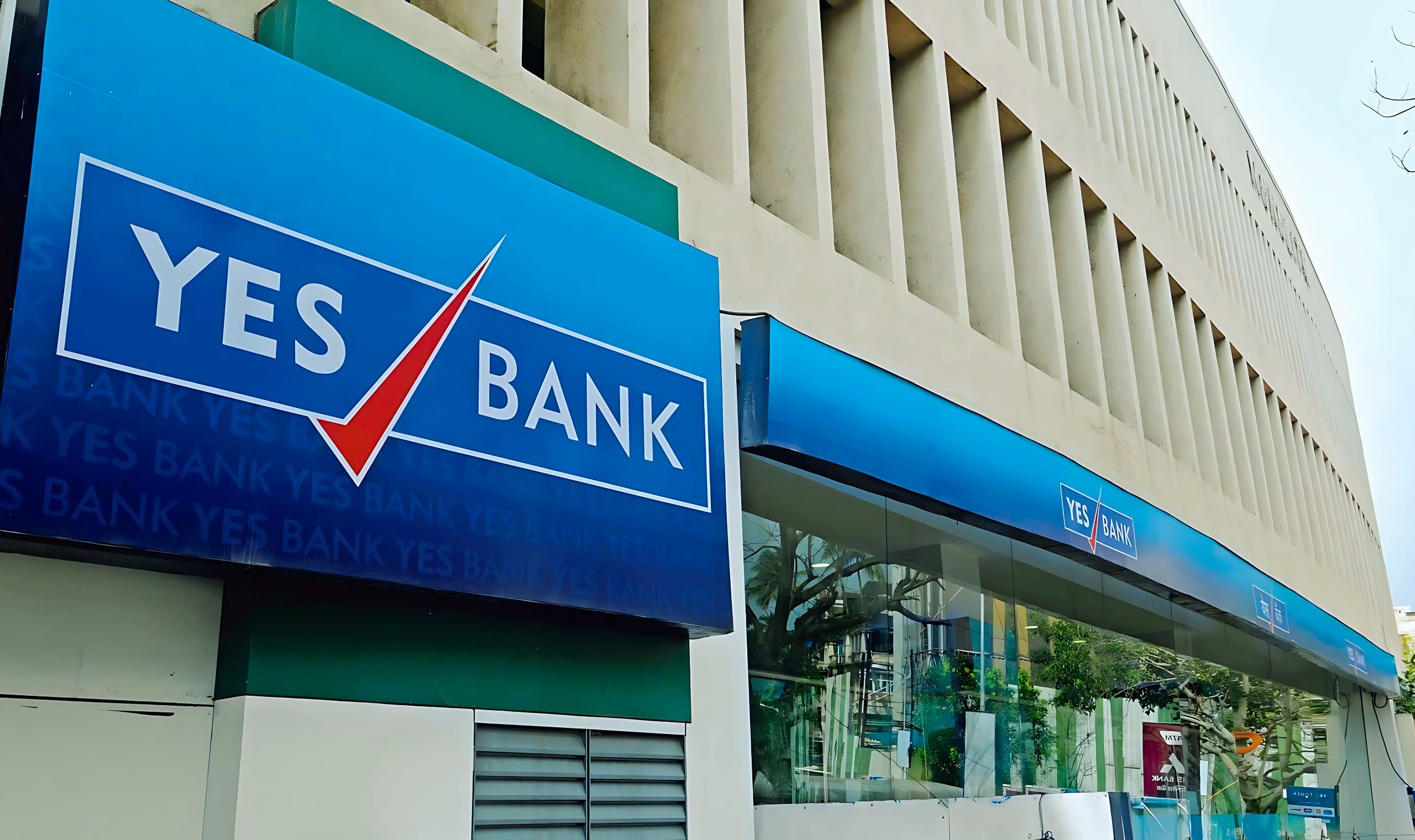



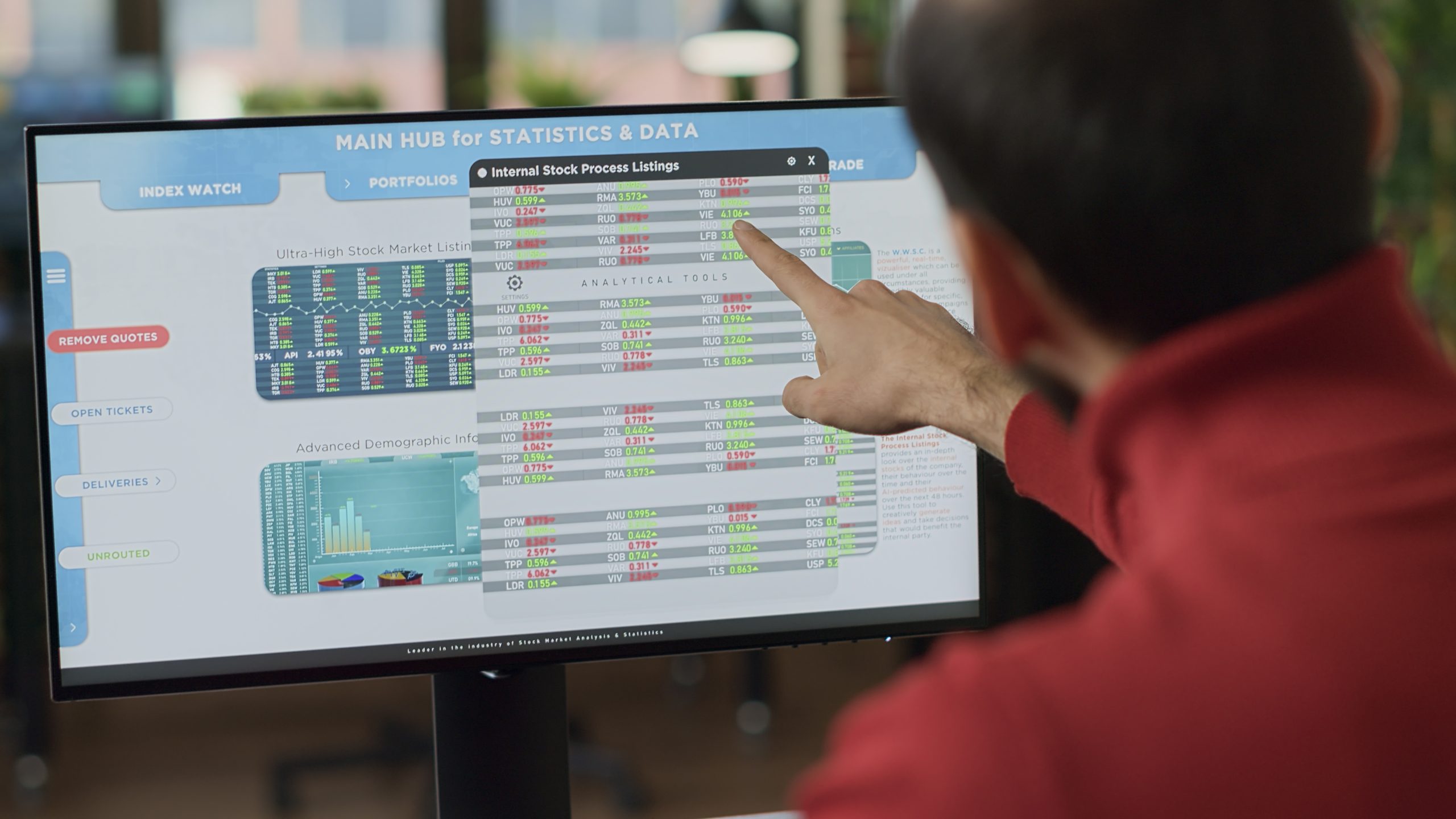





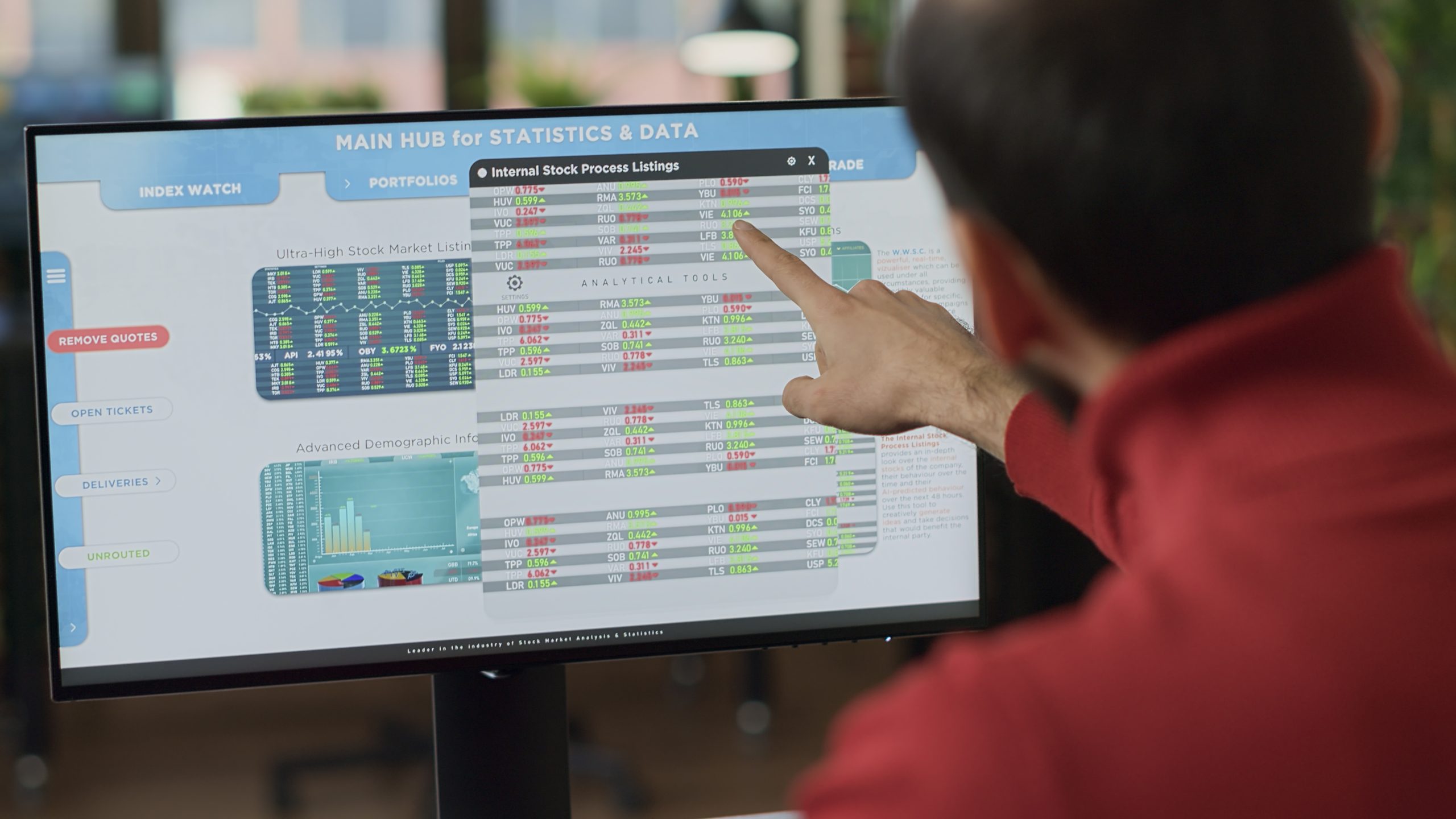

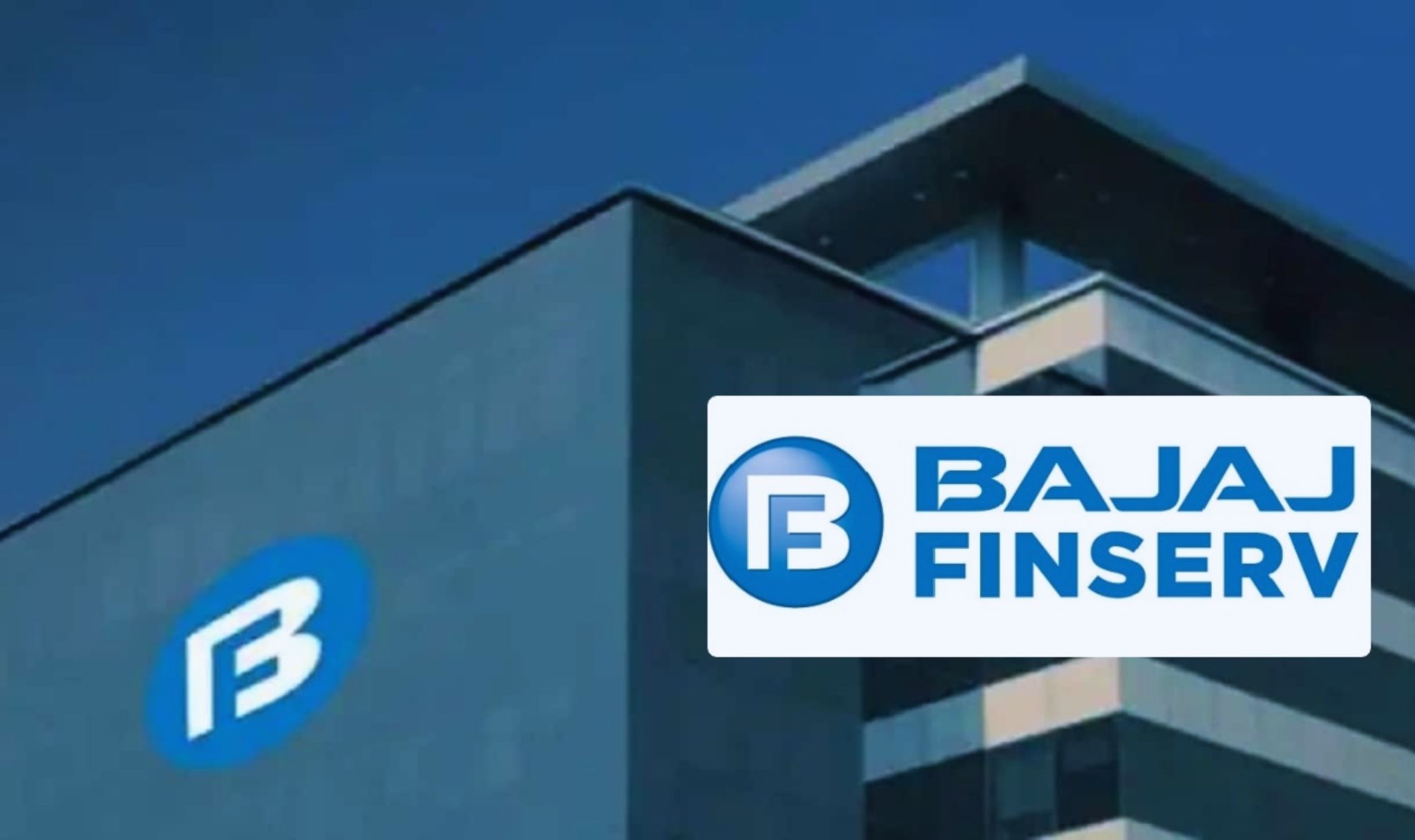

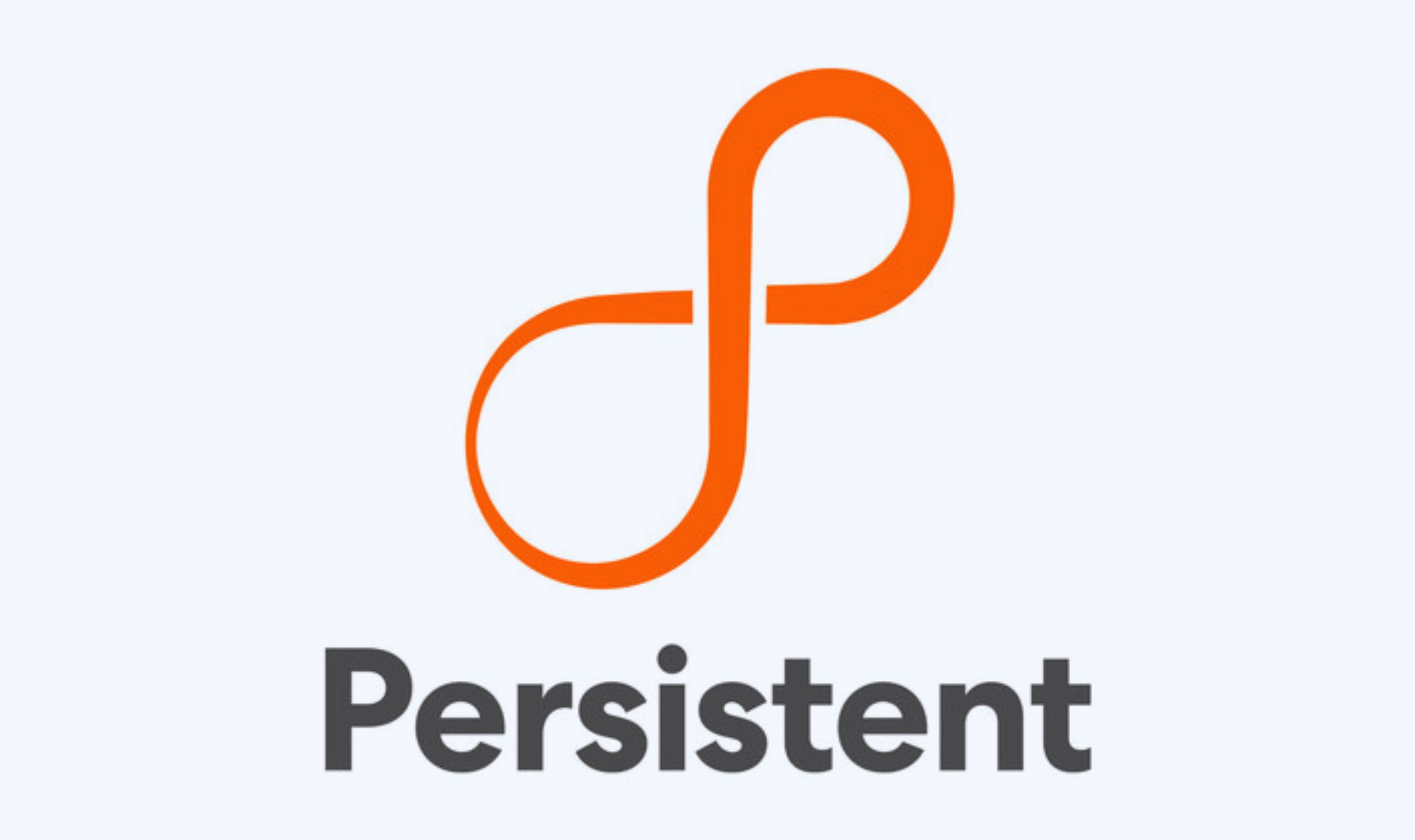
0 Comments